Doug Kerr
Well-known member
Here's the "little map" showing where in the frame the object was in the "off axis" test:

Best regards,
Doug

Best regards,
Doug

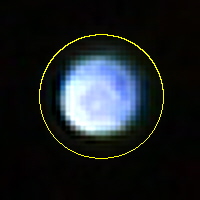
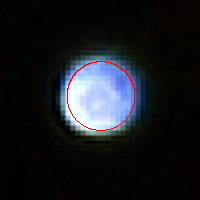
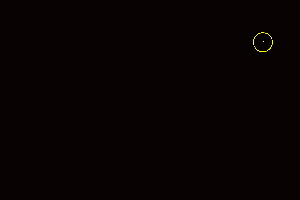
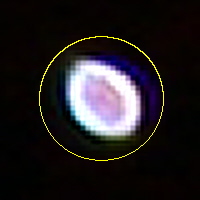
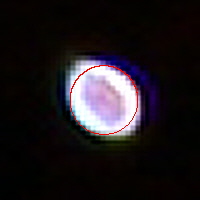
Sounds like quite a machine. I'll look into it.Zeiss went to a lot of trouble in optimizing for perfect bokeh and clean circles i their 135mm lens.
There's "the double iris construction, from which the front one is designed to produce perfectly round shaped circles of confusion of hightlights outside the focal plane. Between the sets of aperture blades this lens has a special "apodization element", a kind of circular ND filter that reduces to its borders the intensity of light rays the more they are out of focus. This design gives an extremely smooth transition to the blurred out-of-focus regions and boosts sharpness inside the focal plane. If you are interested in more details about this masterpiece with a weight of 730g, you should take a look into this review: Sony 135 F2.8 [T4.5] STF SAL-135F28 review." More here
The Sony 135 F2.8 [T4.5] STF SAL-135F28 was not designed by Zeiss, but by Minolta.
Hi, Jerome,
I think Asher forgot to set the "irony here" flag.
Best regards,
Doug
